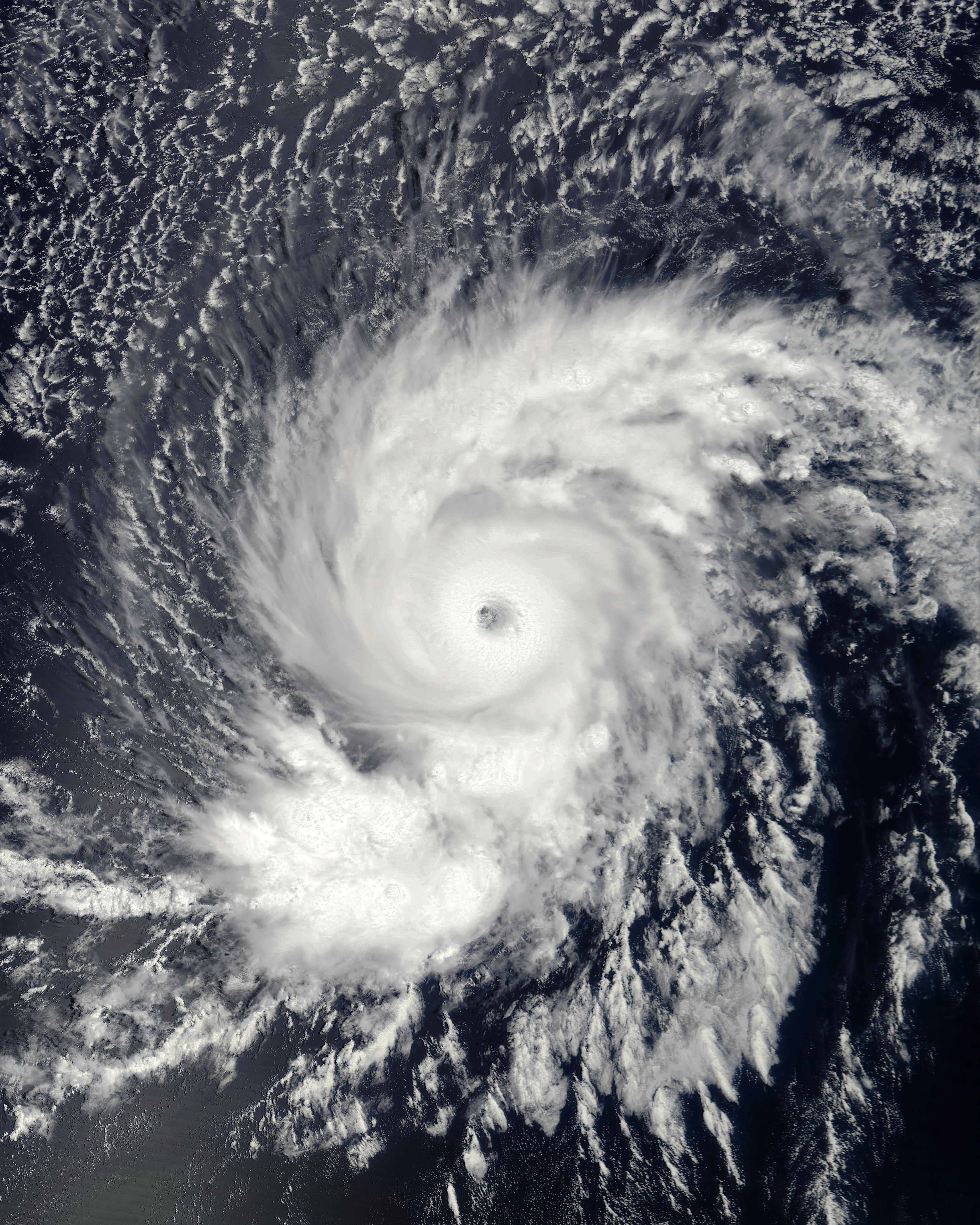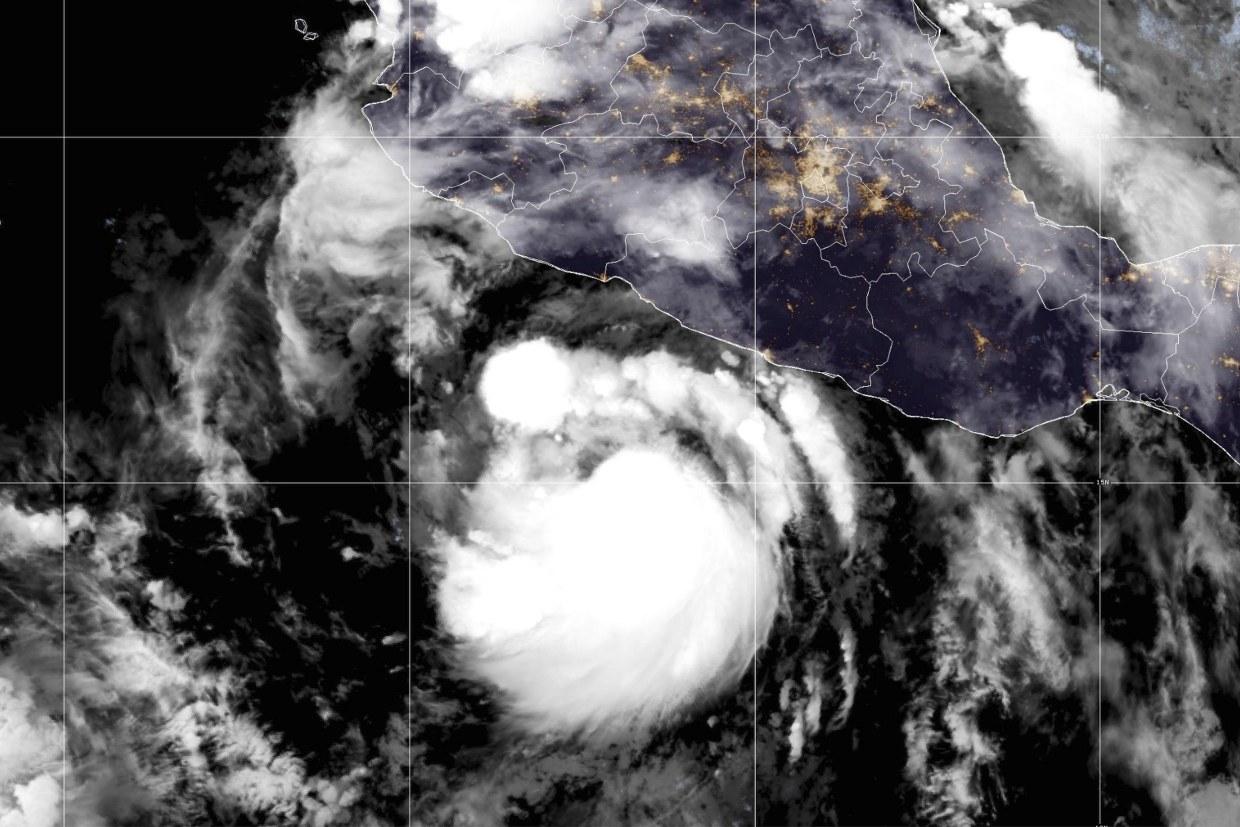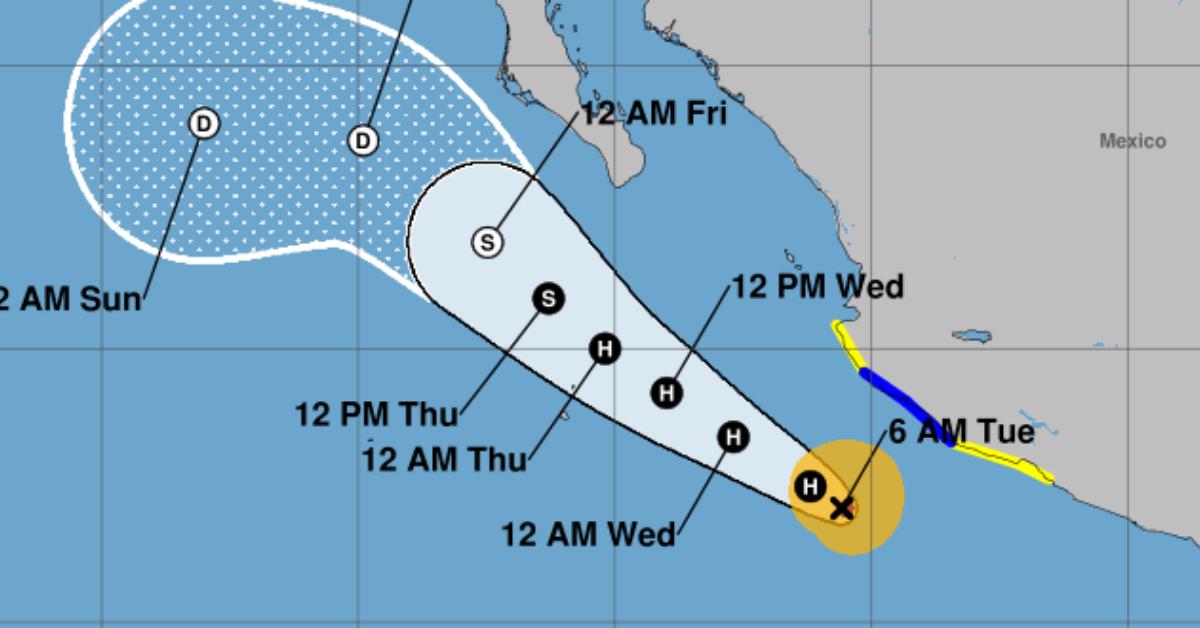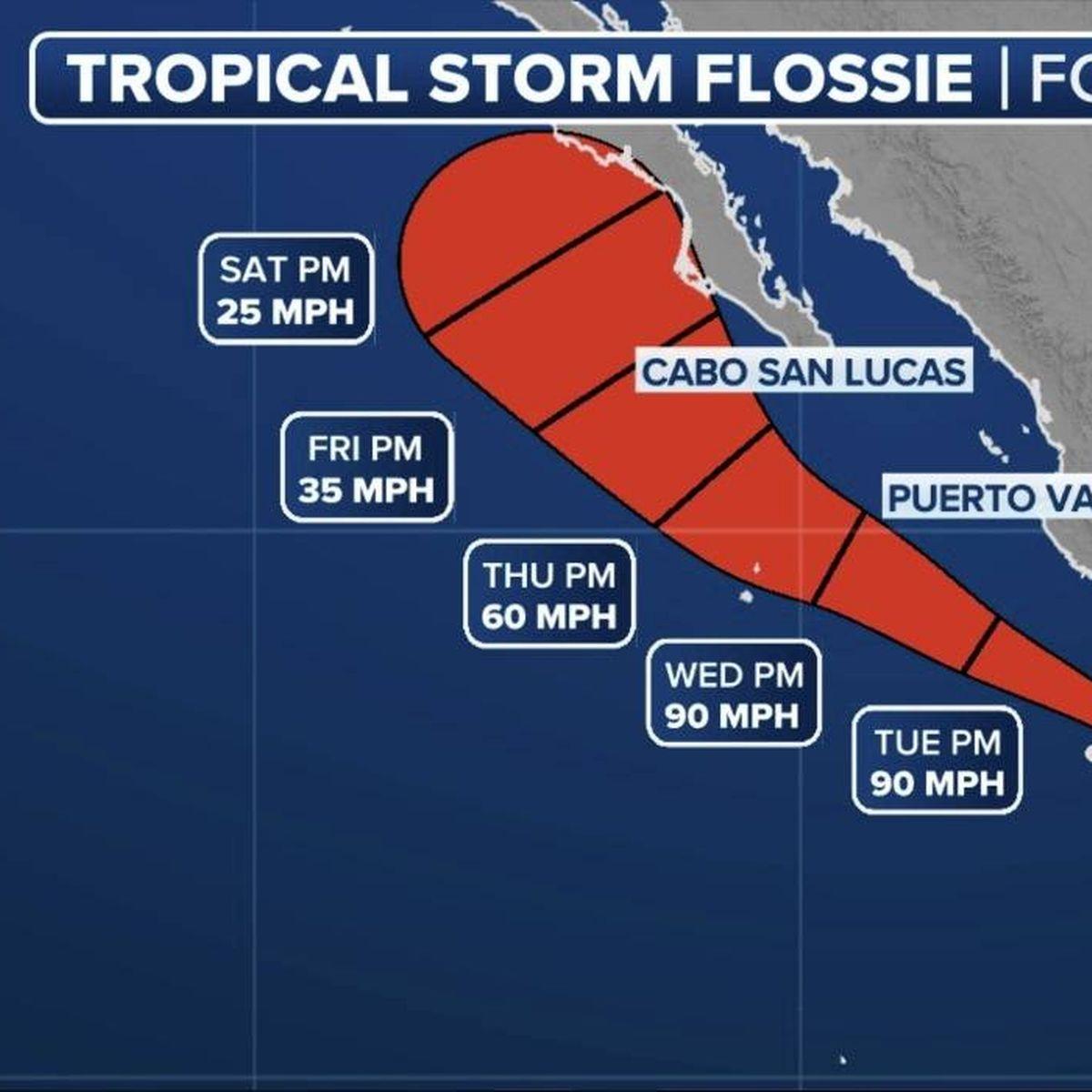Hurricane Flossie Strengthens to Category 2, Threatens Pacific coast of Mexico
the Pacific coast of mexico is bracing for impacts as Flossie, a powerful hurricane categorized as a level 2 storm, continues to gain strength. With sustained winds reaching up to 100 miles per hour, residents and authorities are on high alert. The National Hurricane Centre has issued several advisories, highlighting the potential for heavy rainfall, severe flooding, and perilous coastal conditions. Meteorologists are closely monitoring the storm’s path, which is projected to make landfall in the coming days, posing threats to vulnerable areas.
As concerns grow, local goverment agencies and emergency services are preparing to respond effectively. Communities are urged to take precautionary measures to ensure safety and minimize damage. Recommendations include:
- secure outdoor objects that could become projectiles during high winds.
- Stock up on emergency supplies, including food, water, and medical kits.
- Stay informed about weather updates and evacuation orders through reliable news sources.
- Have an emergency plan in place for your family and pets.

Understanding the Impacts of Hurricane Flossie on Coastal Communities
The arrival of Hurricane Flossie as a Category 2 storm poses significant challenges for communities along the Pacific coast of Mexico,where residents are bracing for severe weather conditions. In the past, hurricanes have dramatically altered the landscape, economy, and even the social fabric of coastal regions. as preparations are underway, local authorities have emphasized the need for immediate evacuation plans and strengthened emergency services. The impacts of the storm are expected to include:
- Structural damage: High winds and heavy rainfall can cause catastrophic damage to homes, businesses, and vital infrastructure.
- Economic Disruption: Tourism, a lifeline for many coastal towns, may see a significant decline as visitors avoid the region during the storm.
- Environmental Consequences: Flooding and storm surges can lead to erosion and alter natural habitats, affecting local wildlife.
Along with the immediate physical threats, the emotional toll on residents cannot be understated. The fear of lost homes and livelihoods weighs heavily on community members as they confront the storm’s wrath. Mental health resources are critical in the aftermath of such disasters,as individuals grapple with anxiety and loss. The government’s response will be crucial in supporting these communities through recovery, which typically includes:
- Access to Relief Funds: Prompt financial assistance enables families to begin rebuilding their lives.
- Reconstruction Programs: Initiatives that focus on restoring infrastructure are vital for long-term recovery.
- Community Support Networks: Strengthening local organizations can foster resilience and aid in psychological recovery.

Preparedness Tips for Residents in Hurricane-Prone Areas
As Hurricane Flossie intensifies to a Category 2 storm, residents in coastal regions must prioritize their safety and preparedness. Check local emergency management guidelines to understand evacuation routes and shelters. It’s essential to have a family emergency plan that outlines how to communicate during the storm, where to meet, and what supplies to gather. Make sure to stay informed with updates from reliable sources such as the National Hurricane Center and local news stations. Clear dialogue with family members and neighbors can make all the difference in these critical moments.
Stocking up on supplies is vital in the days leading up to a hurricane. here’s a helpful checklist of items to consider:
- Water: One gallon per person per day for at least three days.
- Non-perishable food: A supply that lasts at least three days, including canned goods, dried fruit, and nuts.
- flashlights and batteries: Ensure you have enough light sources and replacements.
- First-aid kit: Include essential medications and supplies for injuries.
- crucial documents: Keep copies of insurance policies, identification, and medical information in a waterproof bag.
Be sure to secure your property by bringing in outdoor furniture, trimming trees, and boarding up windows if necessary. Taking these steps now can help mitigate the impact of the storm and keep you and your loved ones safe.

The role of Meteorological Tracking in Hurricane Response and Recovery
The impending impact of Hurricane Flossie, which has now achieved Category 2 status, underscores the critical importance of meteorological tracking in managing such natural disasters. Through the integration of advanced satellite imagery, Doppler radar, and weather modeling, meteorologists have developed a sophisticated understanding of hurricane behavior. This enables local governments and emergency services to make informed decisions, facilitating timely evacuations and resource allocation. Key components of meteorological tracking include:
- Real-time data analysis: Continuous updates allow for quick assessments of the hurricane’s trajectory, intensity, and potential landfall area.
- Predictive modeling: Computer simulations forecast future developments, giving communities a clearer picture of what to expect.
- Collaboration with emergency services: Meteorologists work closely with local officials to ensure that warnings and advisories are based on the latest information.
This level of precision is invaluable, especially in coastal regions prone to hurricane impacts. Accurate tracking not only aids in immediate response efforts but also plays a significant role in long-term recovery strategies. As communities assess the extent of damage after Flossie’s passage, past data and trend analysis will guide rebuilding initiatives. The integration of meteorological insights into urban planning and infrastructure investment helps mitigate future risks,ensuring that vulnerable populations are better protected in the years to come. Furthermore, ongoing public education campaigns spotlight the importance of staying informed about potential hurricanes through reliable weather tracking systems.This proactive approach can save lives and reduce economic losses associated with these powerful storms.
